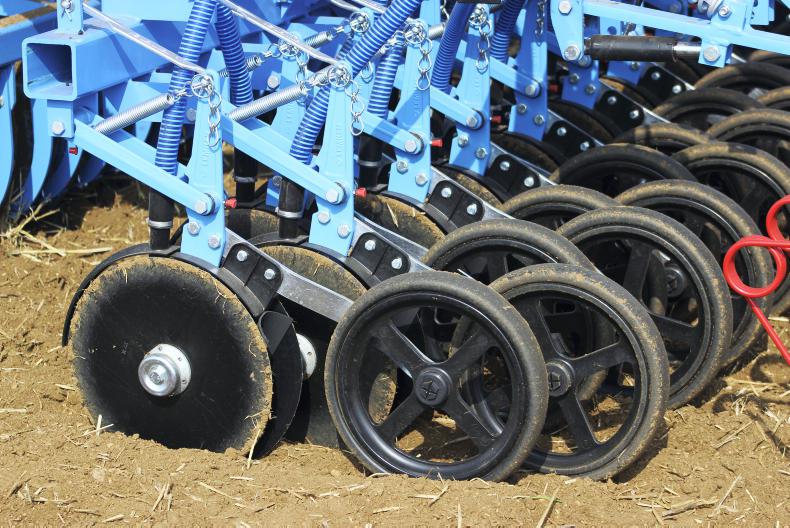This has been a long winter and a very frustrating spring. Someone said to me recently that it feels like winter will have to be pushed away by summer and we may see little or no spring. Either way, roll on summer.
The challenge now is to make the best use of limited time to get the job done as well as possible. The following steps may help make best use of time and resources.
1 Crop choice
At the time of writing the three-crop rule is still in place so you must be conscious of this. Spring wheat may still work for wholecrop if you have a market. The major issue with beans is lateness of harvest but we’ll be talking to some farmers who ensiled the crop last year. Beans may attract higher aid to help compensate for lower yield potential if fewer acres are sown.
The biggest question comes with the possibility of fodder crops, even if there is no two- or three-crop obligation. Are neighbours asking about crops like maize or fodder beet, or even grass? If they are not asking you cannot be sure you have a market. The challenge is to be sure you have a real market for such crops before you plant. It could be that many farmers will still have a number of crops even if the derogation is available.
2 The field
Perhaps you have already had at least one change of plan but a basic part of every decision is to match the crop to the field. This means rotation and soil type. Light land will be ready first but such land still does not suit beans, for example. Also, you can do things on a south-facing field that might not work where the field is north-facing.
3 The fertiliser
At this point, land is either ploughed or not ploughed. There is a lot of work to be done post-ploughing so perhaps you could get some of the fertiliser spread before ploughing but it needs to be wetted before it is turned over so that it will not all drop deep into the furrow. This can be used to speed up operations like fertiliser spreading post-ploughing or even where fertiliser is to be combine-drilled.
Fertiliser needs to be incorporated into the seedbed and preferably with some additional nitrogen, given the lateness of planting. The fear now is dryness post-establishment, which would leave surface-applied fertiliser very vulnerable.
Many growers apply fertiliser on ploughed land. Ideally, land should be rolled or lightly cultivated before spreading to help get uniform application in the seedbed. The deeper the wheel tracks of the first pass of the tractor, the deeper the cultivation must be to loosen this up again. But deep tracks also mean a disproportionate amount of the fertiliser gets dropped in the wheel tracks of the spreader tractor.
For this reason, any little bit of soil working ahead of the spreader can be a big help. This might only be something light mounted on the front of the spreading or cultivation tractor. It may seem a hassle but having to till the whole field deeper to get rid of wheel tracks might slow you down much more.
4 The temptation
The pressure to get planting done is very real. Things are late when we get into the second half of April. But we all know that conditions become more important than date when things get late. So a level of patience is a great virtue now.
The most important thing with late planting is that the crop can grow to its maximum every day. When it can do that it helps to salvage yield potential.
5 The risks
Lower yield potential is a possibility with later planting and this cannot be reversed by using additional nitrogen. However, given that dryness is a likely risk following such a long wet spell, it is important to have plenty of fertiliser down in the seedbed where conditions are moist so it remains available to plant roots. Applying some fertiliser on top is not such an issue as long as there is enough in the seedbed.
Later planting heralds greater risks from BYDV infection. This will need to be addressed via foliar insecticides but care is needed given insecticide resistance issues.
Lodging may also be an increased risk with late planting. We all know that crops balance up on growth regardless of sowing date. Early sown crops are often slowed down at some point while later sown will generally grow faster to catch up. A plant will know that it should be at a certain stage by a certain date, as signalled by the relative length of day versus night. This can result in rapid stem extension leading to softer stems and higher lodging risk. This all depends on the weather during and after stem extension.






 This is a subscriber-only article
This is a subscriber-only article









SHARING OPTIONS: